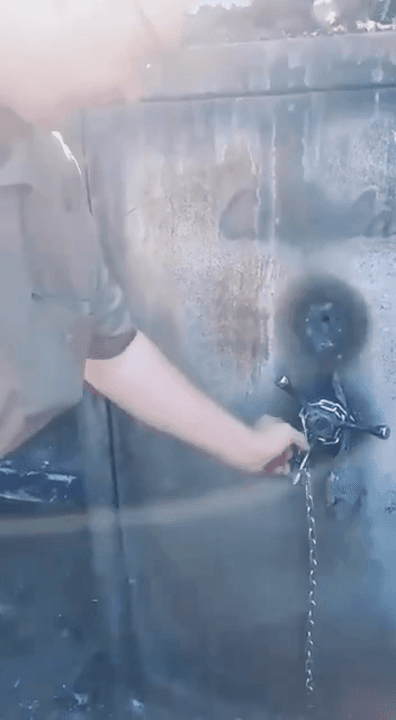
November hunting in 🇭🇷 Croatia and 🇸🇰 Slovakia. If the Croats are more or less clear, then the Slovaks are not so widely known yet. And in vain! The hunting there is interesting, original, and the species are rare and therefore exclusive. ➡️ Lower Tatra chamois. Are you interested? Very much! A separate valuable subspecies for many hunting clubs. The Low Tatras are a mountain range in central Slovakia. The highest point is Mount Đumbier, 2043 m. The territory of the Low Tatras is a national park 🏞 due to its unique nature. In many places here, for example, virgin forests are still preserved. 📆 The best time for chamois hunting is late autumn - early winter. In 3 days you will get your beautiful trophy. Accommodation in a village hotel. Hot meals, hearty and delicious Eastern European cuisine, game and homemade wine. 💶 Price 18,900 euros, including 1 trophy. ❗️We recommend hurrying up with your applications 💬 write to Telegram (https://t.me/safari_stalker) #hunting_in_sl
Post: 28 October 09:20















































